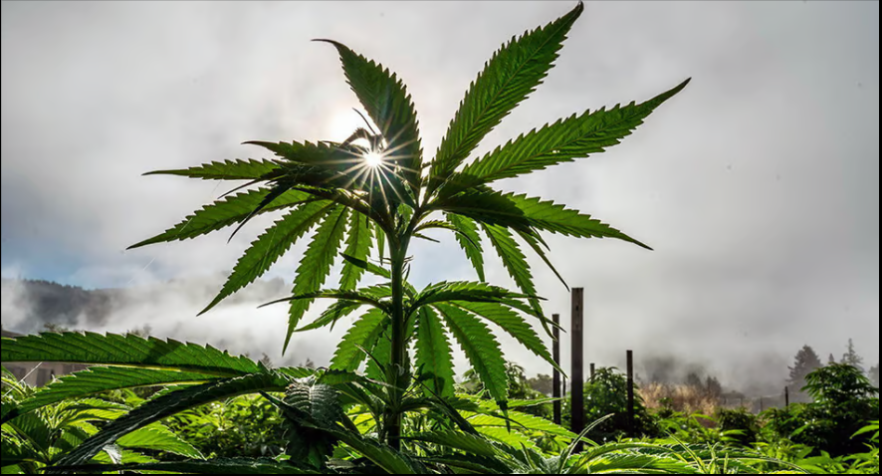Cannabis, also known as marijuana, has a long and complex history, with evidence of its use dating back thousands of years. However, despite its widespread medicinal and recreational use throughout history, the 20th century saw the emergence of a smear campaign against the plant, leading to its prohibition and stigmatization in many parts of the world.
The earliest evidence of cannabis use dates back to ancient China, where it was used for medicinal purposes as early as 2737 BCE. From there, the use of cannabis spread to other parts of Asia and the Middle East, where it was used for a variety of purposes, including pain relief, anxiety management, and spiritual practices.
Cannabis arrived in the Americas in the early 16th century, brought over by Spanish colonizers. It was quickly adopted by Indigenous communities, who used it for medicinal and ceremonial purposes. In fact, many Indigenous communities have long held the belief that cannabis is a sacred plant with healing properties.
Throughout the 19th and early 20th centuries, cannabis was widely used as a medicine in Western countries, and it was included in many pharmaceutical products. However, in the early 20th century, attitudes towards cannabis began to shift, largely due to a smear campaign led by government officials and the media.
In the United States, the first major anti-cannabis campaign began in the 1910s and 1920s, led by figures such as Harry Anslinger, the first commissioner of the Federal Bureau of Narcotics. Anslinger and his supporters claimed that cannabis use led to violence, insanity, and moral degeneracy, and that it was particularly dangerous for young people and people of color.
These claims were largely unfounded, but they were widely disseminated through sensationalized media coverage and government propaganda. In 1937, the U.S. government passed the Marihuana Tax Act, effectively making cannabis illegal at the federal level. This was the first step towards the widespread prohibition of cannabis around the world.
The anti-cannabis campaign in the U.S. was closely tied to racist and xenophobic attitudes towards Mexican and African American communities, who were seen as the primary users of the drug. This campaign was also influenced by the temperance movement, which sought to prohibit all drugs and alcohol in the name of public health and morality.
Over the following decades, many countries around the world followed the U.S.'s lead in prohibiting cannabis, and the plant became stigmatized as a dangerous drug associated with crime and deviance. This stigma persists to this day, even as many countries are beginning to reconsider their stance on cannabis and recognize its medicinal and therapeutic potential.
In recent years, there has been a growing movement to legalize cannabis for medical and recreational use, with many countries and states around the world relaxing their cannabis laws. However, the legacy of the smear campaign against cannabis still looms large, and many people continue to view the plant as a dangerous drug rather than a valuable medicine and cultural artifact.
In conclusion, the history of cannabis is complex and multifaceted, with a long tradition of medicinal and spiritual use that has been overshadowed by a century of propaganda and misinformation. While the tide may be turning in favor of cannabis legalization and normalization, it is important to recognize the historical context in which these attitudes developed and to work to overcome the stigma that still surrounds this valuable plant.








